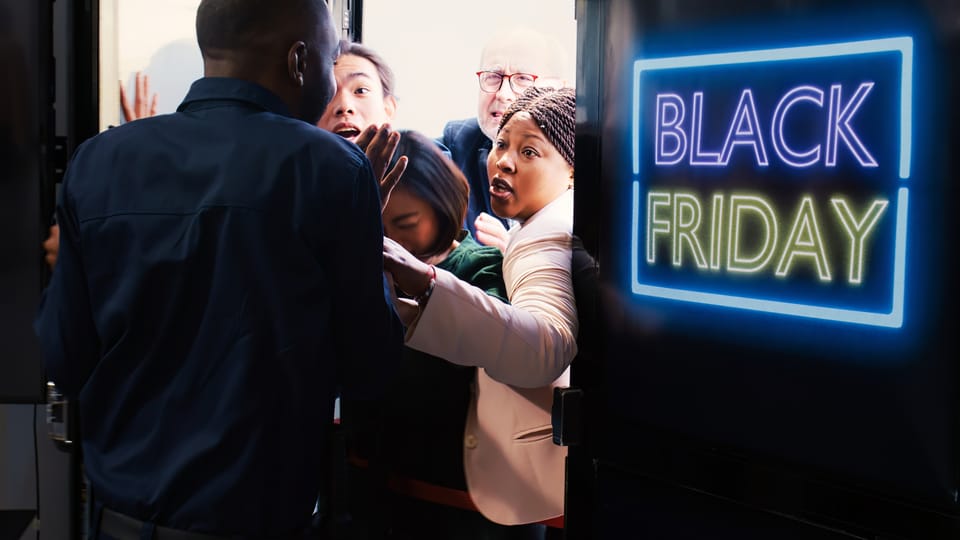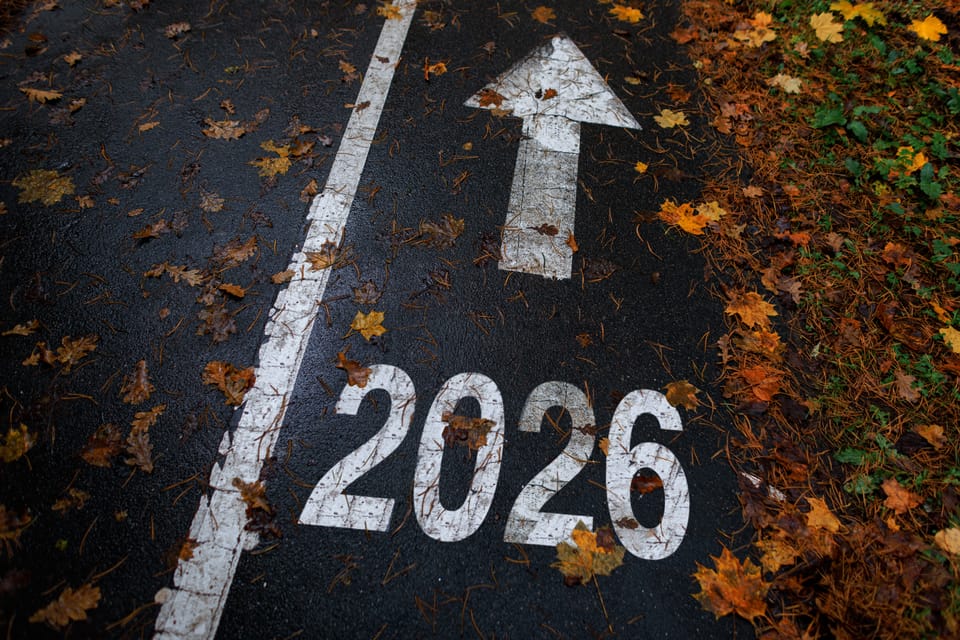Building Company Culture at 35,000 Feet
Forget ping-pong tables—real team loyalty is built miles above the office. Discover how smart SMB founders are using points-funded travel to create unforgettable offsites that boost trust, alignment, and retention—all without blowing the budget. Ready to fly higher together?


If You Only Had 60 Seconds to Read This Article (Click Here)
In today’s remote and distributed work era, company culture is increasingly built not in offices, but on the road. Savvy founders are turning business spend into loyalty, trust, and alignment by using points-funded travel to create powerful team experiences. From offsites and Presidents Club trips to quick client flyaways, shared travel delivers deeper bonds than Slack shoutouts or office perks ever could.
Why does it work? Travel forces proximity and creates memorable, novel experiences that accelerate relationships and team cohesion. Junior employees gain visibility, cross-functional collaboration flourishes, and offsite strategy sessions drive faster alignment. Culture thrives not just through policies, but through shared adventures.
Importantly, this doesn’t require massive budgets. With the right credit card strategy, founders can turn operating expenses—like ad spend, SaaS subscriptions, and vendor payments—into millions of points annually. These points, especially when centralized and used strategically, can cover most or all of the costs for 2–3 meaningful trips per year.
There are three high-impact trip archetypes: Presidents Club trips reward top performers, all-team offsites align and energize the full team, and client flyaways build trust and autonomy among emerging leaders. Case studies show that even small teams with modest spend can realize major returns in retention, morale, and engagement.
To start, companies should audit their expenses, choose a points ecosystem (Amex, Chase, Capital One), and build a travel calendar aligned with business milestones. One team member can manage rewards and redemptions for maximum value, or better yet use UpNonStop.
The message is clear: founders are already spending the money—why not turn it into something that retains top talent, deepens loyalty, and builds culture that lasts? A well-executed points strategy transforms ordinary business expenses into extraordinary team experiences.
Everything else you need to know is just below 👇🏻
Taking a small team to a big sky does something no amount of Zoom stand-ups or swag can accomplish: it compresses time and expands trust. Over the past decade, high-growth companies have quietly traded open-plan offices and snack walls for something more potent—shared travel funded by the very spend that keeps the lights on. Points-powered trips give founders a tool to deepen loyalty, accelerate alignment, and spotlight emerging leaders without inflating the budget. The result is a culture that feels earned, not engineered.
Why Culture Happens Out There, Not in the Office
Shared Memories Beat Shared Docs
The slide deck that explained the new product vision may live a short life in Drive, but the after-hours taco crawl in Guadalajara will be retold for years. Neuroscience backs it up: emotionally charged, novel experiences deposit memories in long-term storage, while routine information often fades. Team travel concentrates novelty—new surroundings, schedules, and challenges—into a short, vivid burst. When colleagues later face a product crisis, the recollection of solving a wrong-turn logistics mishap together in Mexico cements cooperation more than any retrospective document.
Forced Proximity Is Bonding on Fast-Forward
Inside an office, employees can retreat to focus pods, home offices, or digital channels. On the road they share vans, security lines, and breakfast buffets. These micro-moments create conversational surface area where personal stories emerge organically. Harvard’s original “Good Life” study found that depth of relationships is the single best predictor of long-term satisfaction at work and home. Travel packs years of coffee-machine small talk into a handful of days.
Visibility for Rising Talent
Junior engineers who might never present in an all-hands meeting suddenly find themselves next to the CTO on a two-hour bus ride. That spontaneous mentorship can redirect a career trajectory. Giving early-career teammates a seat on the plane signals that leadership values contribution over tenure, cementing inclusion as part of the culture’s DNA.
Alignment Happens Faster Offsite and Offline
Removing the habitual distractions of headquarters unlocks deep strategy work. A two-day offsite often produces clarity that months of asynchronous threads never reach. Without the chronic pull of email and errands, teams can tackle foundational questions—mission creep, pricing pivots, technical debt pay-down—and leave with actionable consensus.
Points = Culture Capital
You Don’t Need a $40K Travel Budget
A mature points strategy turns operational outflows into airline miles and hotel nights. The same advertising dollars, vendor payments, and SaaS subscriptions that currently skim 1 % cash back can, with smarter card selection, yield 4–5 % equivalent value in transferable points. Aggregated over a year, that can bankroll multiple domestic offsites or a single international blowout.
Anatomy of a High-Yield Card Stack
- Premium Ecosystem Card (Chase Ink Business Preferred or Amex Business Platinum)
3× points on travel and many advertising platforms; unlocks transfer partners for first-class redemptions. - Flat-Rate Card for Miscellaneous Payables (Capital One Venture X Business)
2× miles on everything else; no caps; easy pooling. - No-Fee Employee Cards
Issue broadly for visibility; route all spending through a centralized dashboard to prevent orphaned points.
Running $100 K per month through this stack can conservatively generate 3-4 million transferable points annually—enough for 12 trans-Atlantic lie-flats or 200 domestic round-trip economy tickets.
Trip Archetypes That Shape Culture
1. The Presidents Club – Recognition
Purpose
Reward top performers. Convert abstract appreciation into a tangible, Instagram-worthy experience.
Funding Blueprint
Flights: Transfer points to airline partners for business-class cabins—Virgin Atlantic for Delta One, Avianca LifeMiles for Star Alliance sweet-spots.
Hotel: Burn Hyatt or Marriott points on aspirational properties where elite status boosts upgrades and lounge access.
Extras: Use card “Pay With Points” portals for spa credits or city excursions.
Cultural Impact
High achievers return as evangelists, broadcasting the company’s commitment to excellence. Aspirants see a clear pathway from effort to privilege.
2. The All-Team Offsite – Alignment
Purpose
Refresh mission, recalibrate KPIs, and knit cross-functional relationships.
Funding Blueprint
Room Blocks: Negotiate cash-plus-points “points & cash” rates to stretch budgets; elite status can waive resort fees.
Flights: Allocate economy redemptions or companion vouchers to keep per-head cost predictable.
Local Transport: Leverage ride-share gift cards purchased with points at a discount.
Cultural Impact
Unified language and goals emerge. Remote contributors feel as invested as headquarters staff. Initiatives conceived in person often sustain higher momentum.
3. The Flyaway Project – Trust
Purpose
Send a two-or-three-person strike team to troubleshoot a deployment or close a strategic partnership.
Funding Blueprint
Flights: Same-day or next-day awards using programs with low close-in fees (United MileagePlus, British Airways Avios short-hauls).
Hotel: Save points; book flexible cash rates to protect the team from uncertain end dates—then pay with the card’s travel credit to erase charges.
Cultural Impact
Shows customers that leadership empowers frontline talent. Inside the company it signals confidence—ownership is rewarded with autonomy.
Client Snapshot: Culture ROI From a 9-Person Firm
Background
A boutique SaaS consultancy in Austin was burning through engineers every 14 months. Morale surveys flagged “lack of belonging” as the leading exit driver.
Spend Profile
Monthly spend: $45 K, split among AWS, contract designers, and digital ads.
Previous card: A cash-back Visa returning roughly $450 per month—money that disappeared into general funds.
Intervention
Mid-year, the founder switched to a Chase Ink Business Preferred (for 3× on ads) plus a Capital One Spark 2× for everything else. Points pooled into one Chase Ultimate Rewards account.
Outcome
By December, they had banked 380 000 points—enough for nine economy flights to Cancún and four nights in an all-inclusive Hyatt Ziva. Out-of-pocket costs were limited to airport transfers and a catamaran rental. Team churn fell by half in the following 12 months while inbound referrals doubled.
Implementation Roadmap
Step 1: We Audit Your Spend
We export the last 12 months of transactions. We bucket them into categories that earn bonuses on candidate cards (ads, software, travel, dining, utilities). Estimate potential point haul under a new stack.
Step 2: We Choose Transferable Currencies
We pick one primary ecosystem (Amex Membership Rewards, Chase Ultimate Rewards, Capital One Miles). We avoid splitting spend across too many converters—concentration is power when you need multiple seats on a single flight.
Step 3: We Issue Employee Cards With Guardrails
We set category or amount limits per card rather than forbidding personal use altogether. Transparency plus trust beats draconian policies.
Step 4: We Design an Annual Trip Calendar
We Map goal-setting or product-launch cycles against travel windows. We announce dates early and tie milestones to seat allocation to keep focus high.
Step 5: Plan Into Action
Have us watch award space, transfer bonuses, and focus on elite-status promotions. Our mandate: multiply every point.
Potential Pitfalls and How to Avoid Them
Devaluation Risk
Airlines change award charts with little notice. Keep 20–30 % of your balance liquid until a trip is ticketed.
Tax Implications
Award travel given as recognition may be considered taxable income. Consult a CPA before sending W-2 employees on fully comped vacations.
Burnout From Over-Travel
Three trips a year is usually the sweet spot. More than that, and the novelty fades into fatigue.
One-Size-Fits-All Destinations
A mountain cabin might thrill hikers but bore urbanites. Rotate environments—beach, city, nature—to include varied preferences.
The Payoff: Culture, Loyalty, and Retention on Top of Existing Spend
You are already committing capital every time you pay an invoice or boost a campaign. Channeling that inevitable outflow into points-funded experiences is a leverage play: the same dollars now purchase belonging, clarity, and advocacy. Teams that feel invested in will walk through fire for the mission, and customers can sense it.
Your Call to Action
Run a points audit this quarter. Quantify the travel already hiding in your ledger. Then pick a date, pick a place, and watch what happens when your company culture is given altitude.
Transform your operating expenses into jet fuel—and let your next takeoff become the story new hires hear on day one




